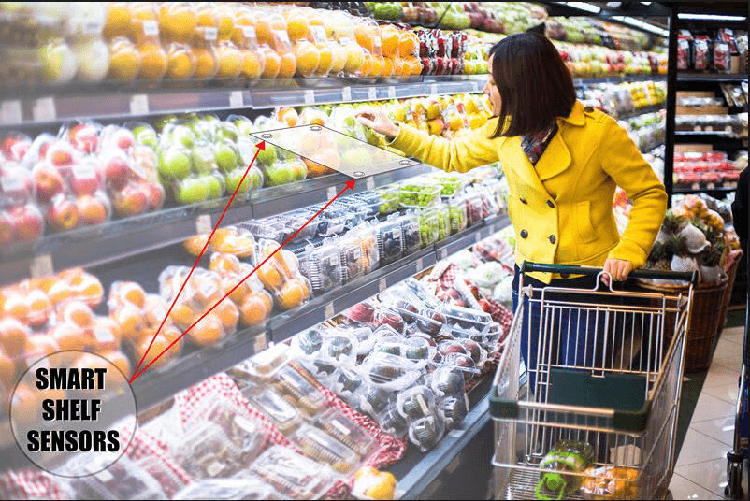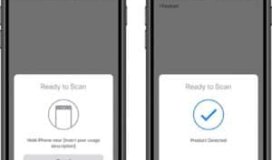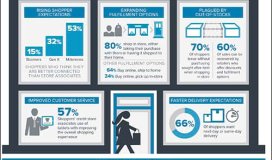RFID (radio frequency identification) is not a new thing, and it has been widely used for many years, such as a lot of American retail stores, including Messi ZARA, Decathlon sports, in the use of this technology. Its working principle is very simple, that is, each product has a radio frequency ID label, and the label has its own unique magnetic signature. The signature is extracted by the receiver or RFID reader, not only unique, but also can display the location of the tagged product.
RFID is also applied to credit cards with flicker function.
Because tags are magnetically read, and they are much more efficient than general vision scanning systems, and labels and readers which do not need messy communication lines. Therefore, the direct benefit of the RFID system is that the retailer can reduce the time of the acquisition of inventory data by 90%. In other words, it takes three days to learn the inventory data, and RFID takes only 45 minutes.
RFID also greatly improves the accuracy. By manual scanning, the actual inventory has about 4% error, and this value will superimpose every year, which will lead to the whole sales year cycle inventory, which may produce more than 60% errors in the selling season. In contrast, the RFID error is usually only 0.5%, which means that the stock will be more accurate throughout the year.
Many excellent managers have recognized the advantages of RFID in terms of the time and accuracy of the actual inventory. RFID has a lot of functionality, but there will be more functionality in the future.

Adhere to the main commodity planning
Most chain stores have a plan for the location of the merchandise in the store, especially for fashion retailing, because there are usually many exhibitions in the store, which are often paid by the brand. However, the more retail stores are running stores, the more difficult it will be to allow each store to accurately implement the centralized buyer's commodity plan.
By placing some readers in some important areas in the store, the location information of most of the goods can be obtained in a smaller range. That is to say, the centralized buyer can get a report on the information of the goods in each store.
Inventory accuracy - increase clicking rate and rate of delivery
Most businesses take the "full channel retail strategy", which means that customers can buy them online and then pick up their own goods in a store. Of course, the clicking rate and delivery rate strategy depends on the accuracy of the inventory count per store.
Another advantage of RFID is that it can record the location of goods displayed in stores. This record can be combined with sales data, so that we can get the best sales and sales in stores.

Quick and accurate
One of the most popular examples of RFID is that it can pay much faster than before. After using RFID, the cashier doesn't even need to remove goods from the customer's shopping cart, so it can help to settle accounts with the help of the system. The ability to skip the manual scanning process will make a fundamental change in the waiting time, especially at the peak, and the effect is more significant. In addition, the performance of RFID at the time of settlement greatly reduces the cash reconciliation error at the cash register.
It helps to reduce theft.
Many businesses will insert RFID tags into the security devices of every commodity, and some will be embedded on another separate label, even embedding RFID into the product itself.
Many large retailers use handheld readers to reduce costs, or add RFID to the bottom of barcode through additional devices, so as to achieve RFID of goods themselves.



